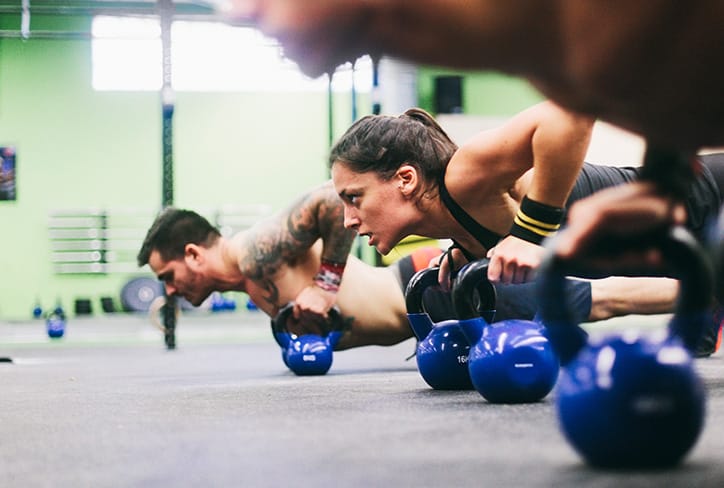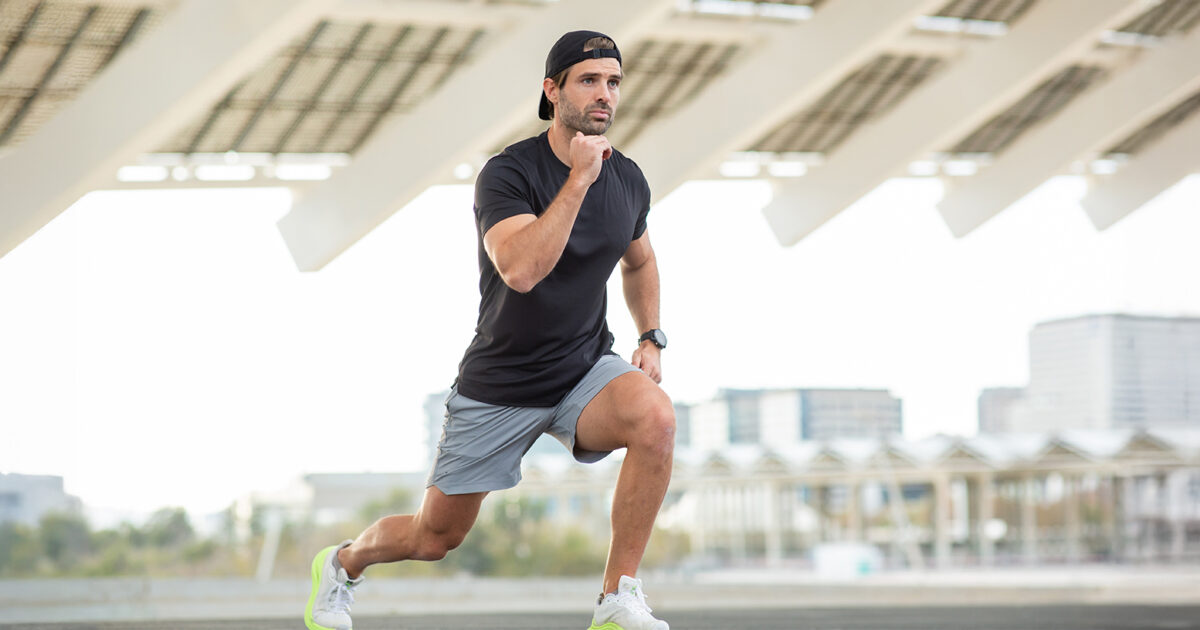The fitness industry is constantly evolving. As the scientific understanding behind fitness and performance improves, fitness technology also evolves. As a result, equipment becomes more (and often unnecessarily) complex. On the one hand, this complexity may offer ease of use and a sense of mastery; however, it also disconnects us from physical awareness and engagement with our own bodies.
SELF LIMITING EXERCISE
Self limiting exercises help us to engage with our bodies and feel more connected to movement. Such exercises by their very nature use an ‘adjust or fail’ mechanism – if you don’t perform them right, your body will tell you quickly, usually in the form of fatigue or discomfort. Training in this way allows for a quicker acquisition of skill. Much of the equipment you see in traditional gyms are designed to be idiot-proof and as a result, deprive the senses of essential feedback about movement. It’s like having training wheels on a bike.
EARLY DEVELOPMENT
We all experienced self limiting movement at an early age. When we first learned to crawl, we had no training wheels. Through a process of trial and error, we learned the right way, very quickly. We may have fallen flat on our faces a few times, but this gave Immediate feedback about how to quickly adjust our balance and posture – we didn’t make the same mistake again! And this is the essence of self limiting exercise – it demands mindfulness, awareness, balance, control of posture and above all, engagement with the body and environment. Through self limiting movement, you’re anatomy will model itself around natural stresses, rather than unnecessary stresses.
TRY THESE SELF LIMITING EXERCISES
Here are 5 common self limiting exercises you can try in EVO. Don’t be fooled by their apparent simplicity – they will challenge you. Be prepared to not get It right first time; but also notice how quickly you learn to adjust and improve. Focus your efforts on awareness and mastering the skill, using lower reps or shorter duration.
- Barefoot running – possibly the clearest example of self limiting movement. Take your shoes off and jump onto the Woodway treadmill. Increase the speed to a comfortable running speed. The first thing you’ll notice is that you no longer heel strike – you will quickly adopt a more efficient forefoot strike. In order to mani Tina this, your cadence will naturally increase, as you take shorter strides. All of this positions your foot contact underneath your pelvis (centre of balance) and creates a more upright posture. Take time to notice these changes.
- Farmer’s walk – grab two kettle bells (12kg for women and 16kg for men). Walk up and down the sprint track. This exercise quickly adjusts your posture drawing on thoracic and hip extension, and reflexive core activation – failure to do either of these will pull you off balance. That’s if your grip doesn’t go first!
- Single leg deadlift – grab a pair of 8kg dumbbells, stand on one leg and perform deadlifts. Very quickly, you’ll become aware of the entire extensor chain muscles – from sole of foot to calves to hamstrings to glutes to spinal erectors. All of these will need to work together and with control to complete the movement in balance.
- Jump rope skipping – another classic example of self limiting movement, requiring good alignment, coordination and balance. Doing the exercise in bare feet will give you a quick (and uncomfortable) reminder when it goes wrong – by way of a rope flick on the feet!
- Bottom kettle bell press – start with an 8-10kg kettle bell, and swing it up to a bottom up position (upside down with bell on top). This in itself will require you to align the body, arm and shoulder In order to balance the bell. When you’ve mastered this, try to press the kettle bell overhead. Initially you will increase your grip, causing forearm fatigue. Soon enough, you will learn how to optimally configure you’re alignment under the kettle bell.
SUMMARY
Self limiting exercise should become the cornerstone of your training program, and when used correctly, will improve poor function and enhance movement quality. If you like any of these exercises, be sure to add them to your workouts, and feel free to share your experiences via Facebook and Instagram! 🙂
Find here our Review: Feelmax Osma 5
Do you already know our Tutorial: Foam Roll – Lats



